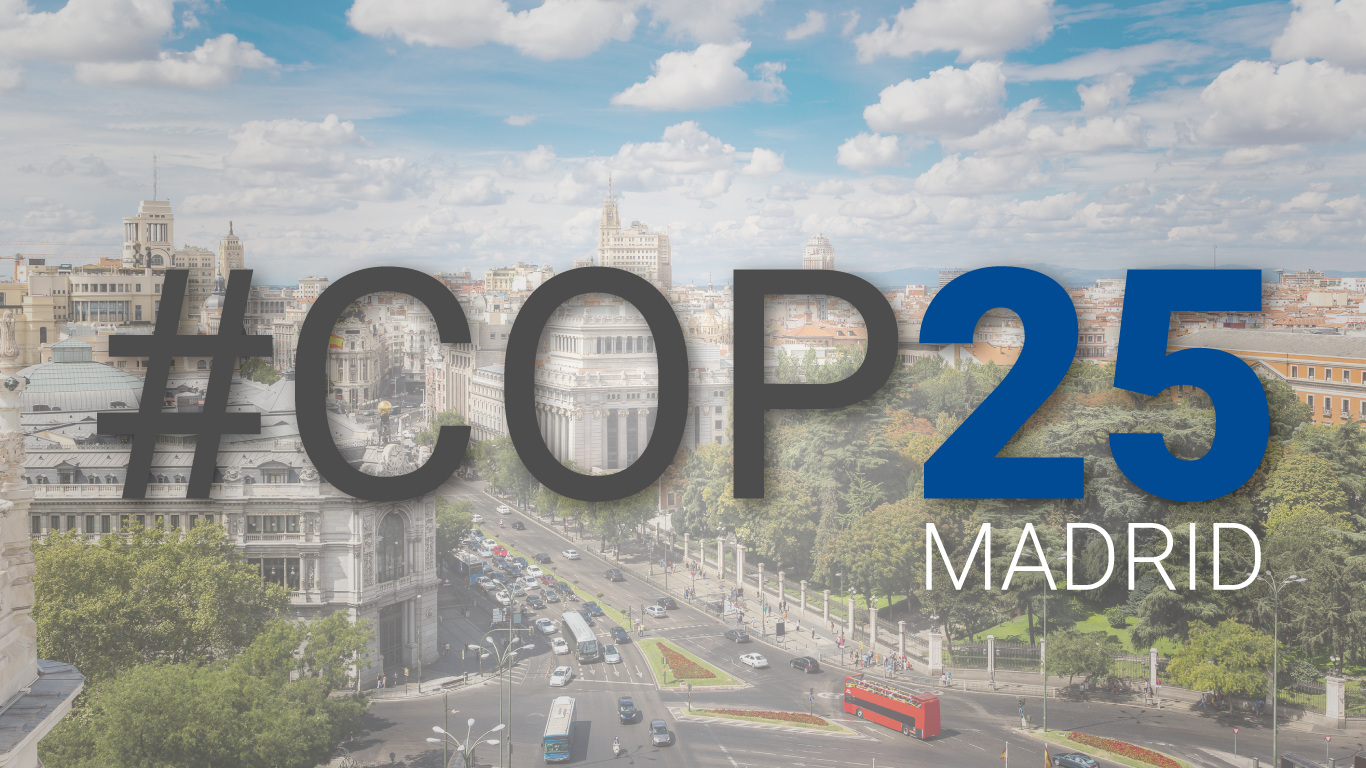
In the following link you will find a summary of the analysis that TOP has made on the impact that the sudden change of headquarters, from Santiago de Chile to Madrid, propitiates in the international mobilization of the Spanish capital, which faces another great challenge.
In the following link you will find a summary of the analysis that TOP has made on the impact that the sudden change of headquarters, from Santiago de Chile to Madrid, propitiates in the international mobilization of the Spanish capital, which faces another great challenge.
In this sense, the president of the Community of Madrid, Isabel Díaz Ayuso has emphasized that "The organization seeks a safe and stable environment and has chosen Madrid because they see us as a city that hosts, that knows how to prepare large events, that has hotel rooms, that has great transport and infrastructure," according to statements in the newspaper El País in its edition of November 2nd, 2019.
It is estimated that COP25 will attract around 25,000 people from more than 200 different countries around the world. This summit will be held at Ifema, an entity that has already successfully organized events and summits with a high attendance of visitors, as its President emphasized in the information compiled by RTVE in its edition of 2nd of November 2019.
It is estimated that COP25 will attract around 25,000 people from more than 200 different countries around the world. This summit will be held at Ifema, an entity that has already successfully organized events and summits with a high attendance of visitors, as its President emphasized in the information compiled by RTVE in its edition of 2nd of November 2019."
In terms of accommodation services, the Community of Madrid has approximately 30 five-star hotels, with an estimated total of more than 11,000 beds, with an average estimate of 970 suites; and 200 four-star hotels, with an estimated total of 52,000 beds. In the specific case of Madrid, more than 62% of the hotel rooms offered belong to the high-end category (information from Madrid City Council). Regarding the occupancy rate, the average for the Community is around 57% and for Madrid over 64% (according to INE sources).
During the development of FITUR the average occupancy rate is close to 84%, increasing to 86% on the day of maximum affluence, according to information contained in NexoHotel.com in its edition on the 16th of January 2017. In 2019 this percentage was 83.2% according to information collected by El Confidencial in its edition on the 7th of February 2019.
During the development of FITUR the average occupancy rate is close to 84%, increasing to 86% on the day of maximum affluence, according to information contained in NexoHotel.com in its edition on the 16th of January 2017. In 2019 this percentage was 83.2% according to information collected by El Confidencial in its edition on the 7th of February 2019.
This type of summits and events encourage four and five-star hotel establishments to reach high levels of occupancy, in many cases close to 100%, leading to a considerable increase in hotel occupancy in the areas surrounding the city of Madrid, or to travellers opting to spend the night in other types of accommodation such as private villas, single-family homes, flats, etc., that meet the requirements that they usually demand.





